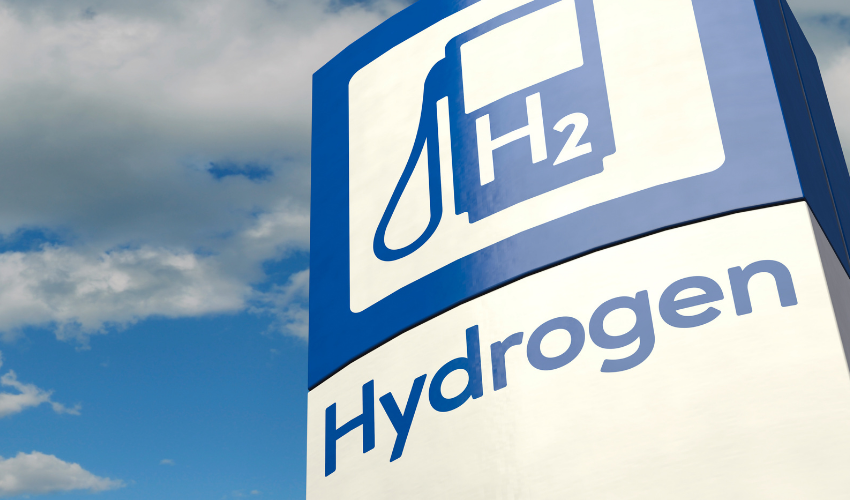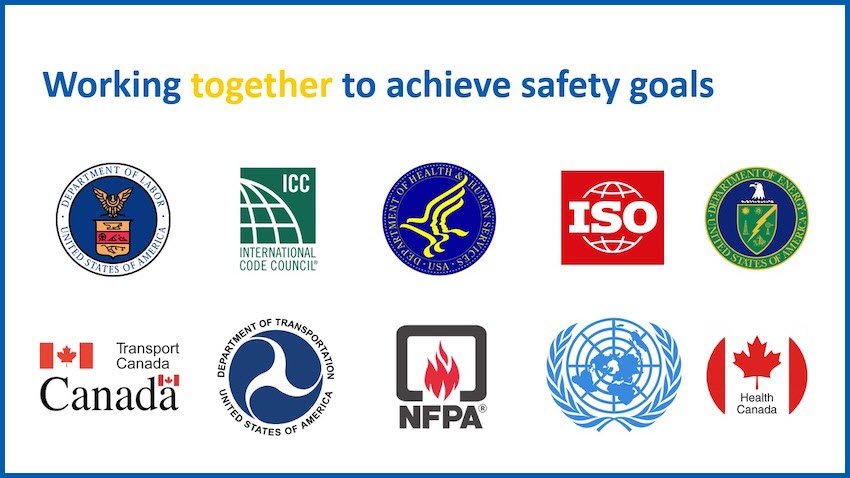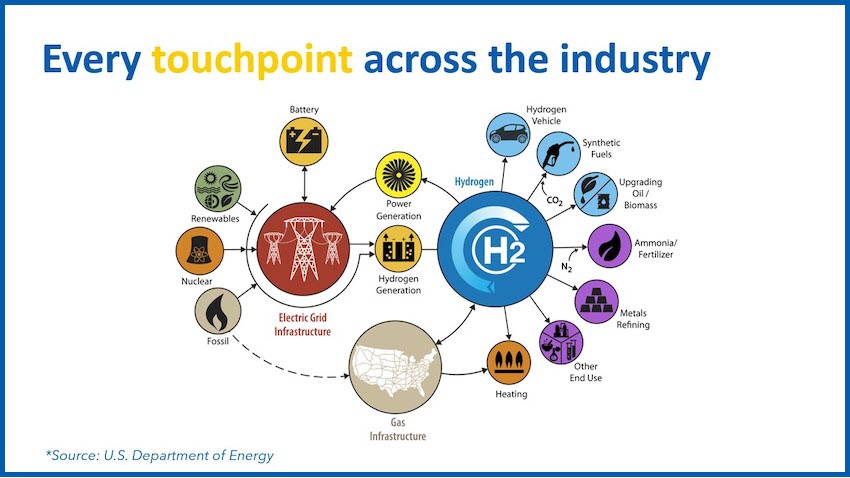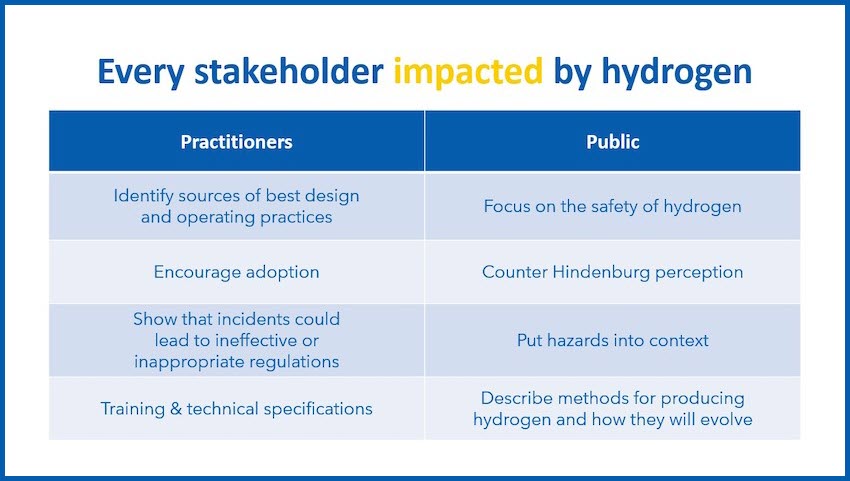CGA’s Hydrogen Roadmap: Safety Is Step #1
June 25, 2021
On June 9, 2021, Rich Gottwald, President and CEO of the Compressed Gas Association (CGA), delivered a presentation at the American Hydrogen Forum in Houston, Texas entitled, “CGA’s Hydrogen Roadmap: Safety Is Step #1.” Rich also moderated a panel discussion during this event on “Hydrogen Technologies & Solutions.”
We share highlights from Rich’s presentation below:
CGA has a vital role to play in fulfilling hydrogen’s promise as a clean, sustainable energy poised to help achieve our ambitious climate goals. For good reason, there’s an increased focus these days on hydrogen energy and the benefits it brings to the table: it’s clean, green, renewable, and plentiful.
There is enormous potential here.
Safety is the Key to Expanding the Hydrogen Market
However, hydrogen’s promise is tempered by the public’s concerns about its safety. These concerns pose a major impediment to hydrogen becoming the clean, carbon-free fuel we need for the future.
In order to gauge Americans’ attitudes towards hydrogen as a fuel source and the relationship between safety and adoption, the Compressed Gas Association recently conducted an online survey with 1,500 U.S. respondents, 18 years and older.
What we learned from this survey: A growing number of people have heard the promise about hydrogen…
As engineers and scientists, many of us in the compressed gas industry know that hydrogen is no more dangerous than many other fuels we use every day. For example, it’s less volatile than gasoline, and has a higher ignition point than many other fuels.
But when a majority of people have concerns, we’re not going to convince them by telling them they’re wrong. The way to make people feel good about living in a hydrogen energy economy is by assuring them that there is a plan to keep them safe.
“The way to make people feel good about living in a hydrogen energy economy is by assuring them that there is a plan to keep them safe.”
The bottom line: people need to know there are standards keeping them safe. That’s where CGA comes in.
CGA’s Role in Advancing Hydrogen Safety
The Compressed Gas Association has been developing standards for the production, transport, handling, and use of compressed gases for more than 100 years.
When it comes to hydrogen, we’ve been developing related standards for more than half a century – we published our first hydrogen safety standard in 1955.
The standards we develop are incorporated by regulators, industrial engineers, designers, and zoning bodies at the federal, state, and provincial level. We’re ANSI accredited. And while we’ve historically focused on the U.S. and Canada, we have also long worked with ISO and the UN to create model regulations and harmonize standards across borders in this increasingly connected world.
There is no organization in the world better equipped or more experienced in safety standards development than CGA. We are here to help develop the specifications, standards, and training that will unlock the hydrogen economy.
“There is no organization in the world better equipped or more experienced in safety standards development than CGA. We are here to help develop the specifications, standards, and training that will unlock the hydrogen economy.”
Our Approach: Collaborative, Comprehensive & Multi-Stakeholder Focused
Our approach to developing and promulgating standards is collaborative, comprehensive, and multi-stakeholder focused.
Next Steps: Hydrogen Mobility
Over the next 24 months, CGA will develop and communicate safety standards and information guiding the production, storage, transport, and use of hydrogen, particularly in the fuel cell electric vehicle (FCEV) industry.
The standards we develop will be incorporated by policymakers into regulations and guidelines. We need the support and active participation of players across the industry to make sure the standards we write help advance the adoption of hydrogen as a fuel and energy source.
We will be developing standards to address critical gaps we’ve identified, including:
- hydrogen system siting and personnel exposure distances
- hydrogen delivery to near-consumer use points
- noise mitigation of hydrogen venting and system operation
- updated first responder guidelines for hydrogen delivery vehicles and FCEVs
- material suitability for hydrogen service
We’re asking you today to become a part of this process by working with us to make the safety standards for hydrogen fuel cells and hydrogen energy everything they need to be to help this industry grow, and grow safely. Let’s work together to make hydrogen – the most promising clean fuel in a generation – a reality for tomorrow.










